We may earn money or products from the companies mentioned in this post. This means if you click on the link and purchase the item, I will receive a small commission at no extra cost to you ... you're just helping re-supply our family's travel fund.
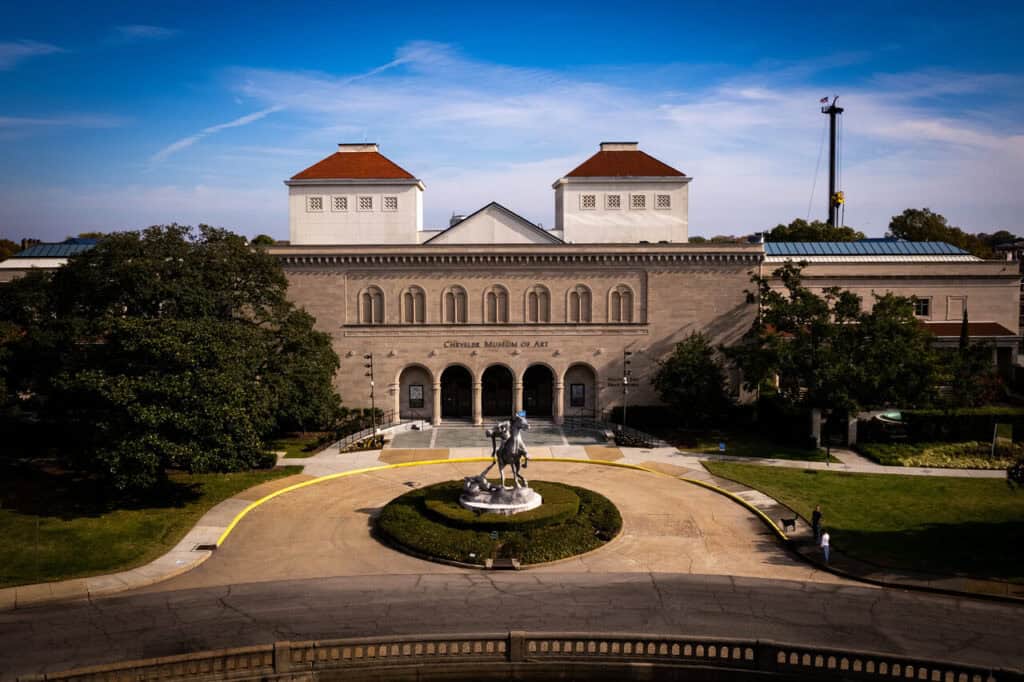
Here’s the thing: when you think of museums, your mind probably goes straight to major cities packed with crowds and bus tours. But some of the country’s best cultural experiences live in smaller cities where art, history, and local identity take center stage. These places let you slow down, explore at your own pace, and feel like you’ve actually found something special. No shoulder-to-shoulder crowds, no rushing. Just real encounters with great collections in towns that value them deeply. Here are ten small cities with big museums that deserve a place on your travel list.
1. Beacon, New York – Dia Beacon
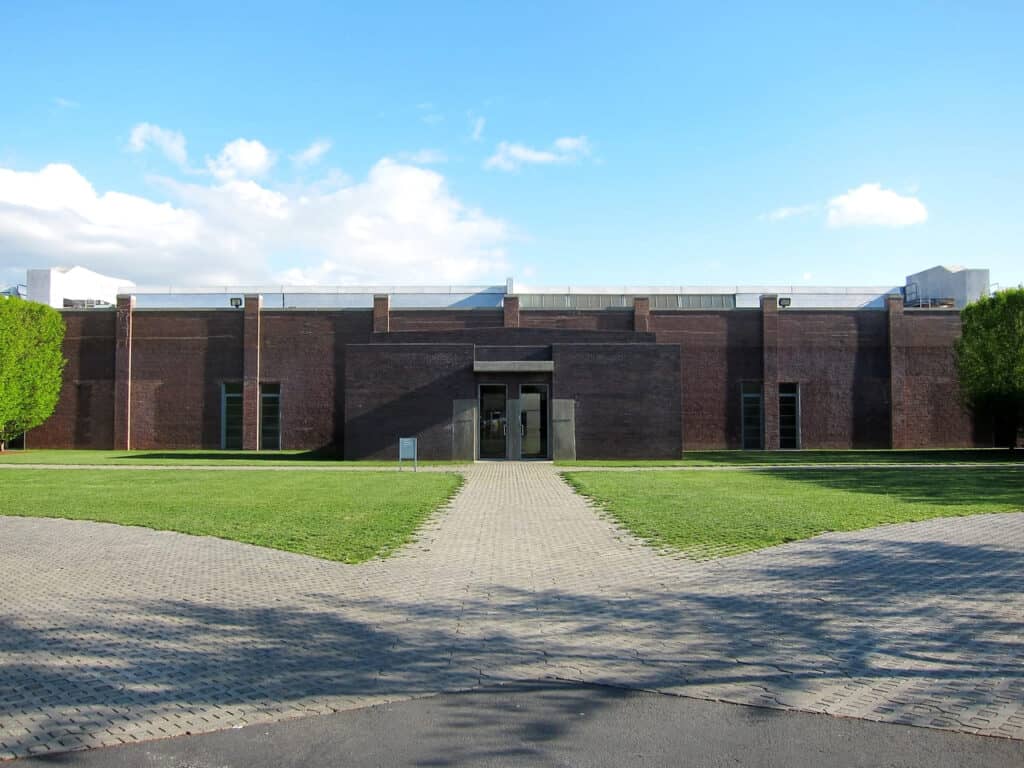
Beacon proves how a museum can completely change a town’s cultural scene. The Dia Beacon sits inside a converted Nabisco factory, with tall ceilings and sunlight pouring through huge windows. The massive galleries hold large-scale art from the 1960s onward, but what makes it special is how the art, space, and light all work together. You can wander for hours without feeling rushed or crowded, and when you’re done, the town itself offers plenty of character to explore. It’s art, space, and calm in one place a rare combination.
2. Shelburne, Vermont -Shelburne Museum
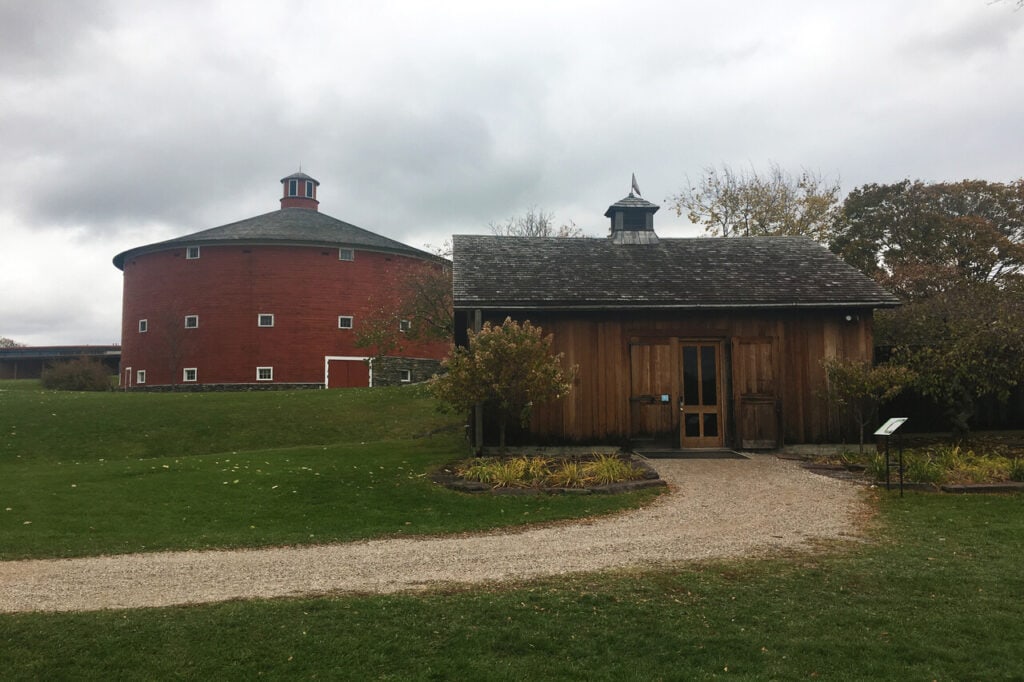
Shelburne Museum feels less like a single building and more like an entire village of history and art. Spread across 45 acres, it holds hundreds of thousands of objects from folk art and paintings to historic houses, barns, and a lighthouse. Every corner of the grounds feels intentional and personal, like you’ve stepped into a living museum. It’s the opposite of the rushed big-city experience; you get room to breathe, time to take it all in, and the sense that you’re walking through someone’s beautifully preserved vision of American life.
3. Corning, New York – The Rockwell Museum
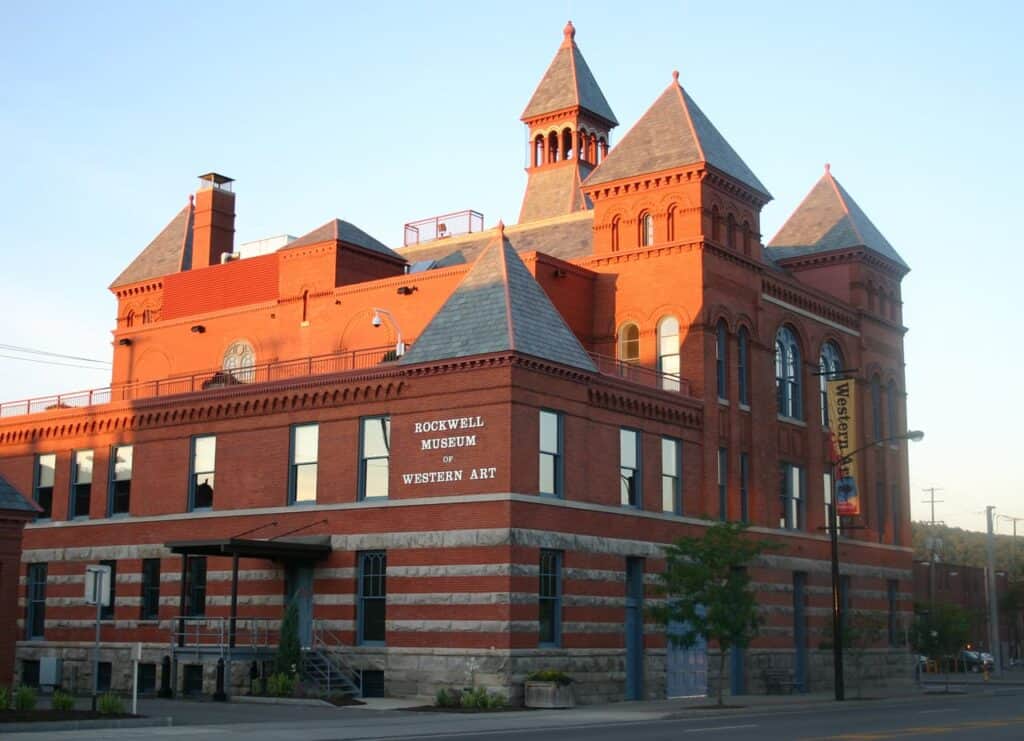
The Rockwell Museum is small but mighty. Housed in a restored 19th-century building, it focuses on American art that tells stories of identity, landscape, and history. You’ll find Western art, Native American works, and contemporary pieces that connect past and present in thoughtful ways. What makes it stand out is its focus; it’s not trying to be everything to everyone. Instead, it offers a carefully curated experience that feels personal and connected to the community. It’s the kind of place where you actually remember what you saw.
4. Norfolk, Virginia – Chrysler Museum of Art
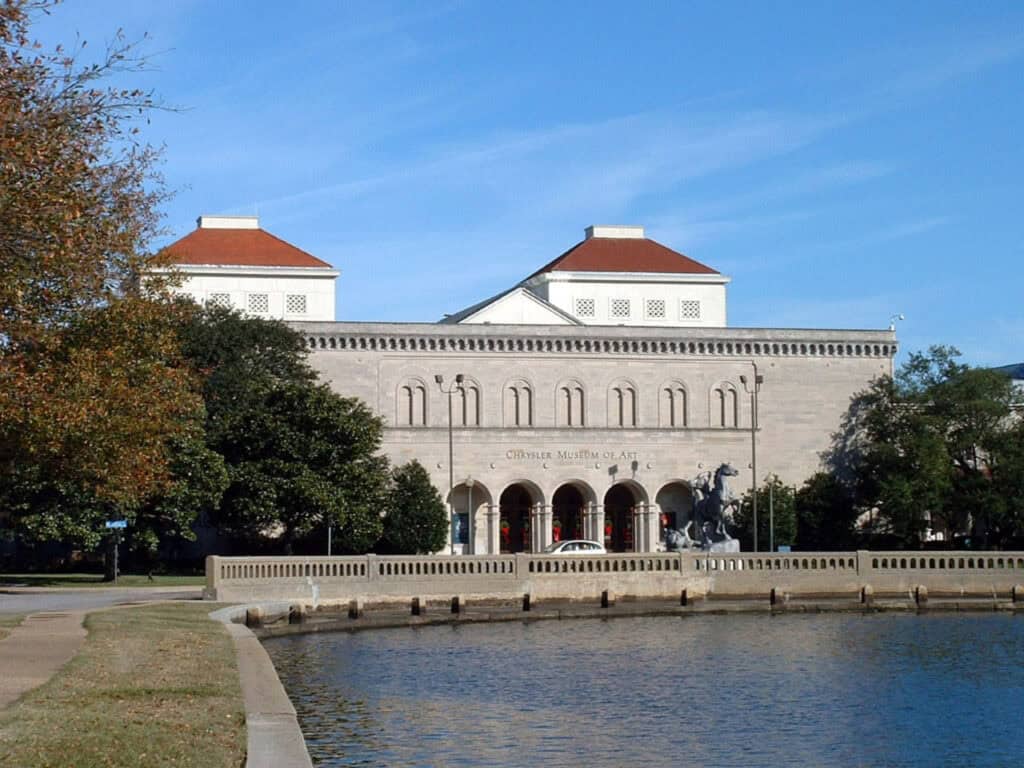
Norfolk’s Chrysler Museum of Art might surprise you with how much it offers. It houses an impressive range of works from classical sculptures to modern paintings and includes one of the finest glass collections in the country. The museum even has a working glass studio where you can watch live demonstrations. What sets it apart is the balance between quality and accessibility. You get world-class art without the big-city chaos, and the atmosphere feels welcoming rather than intimidating. It’s one of those places that quietly stays with you long after you leave.
5. Bentonville, Arkansas – Crystal Bridges Museum of American Art
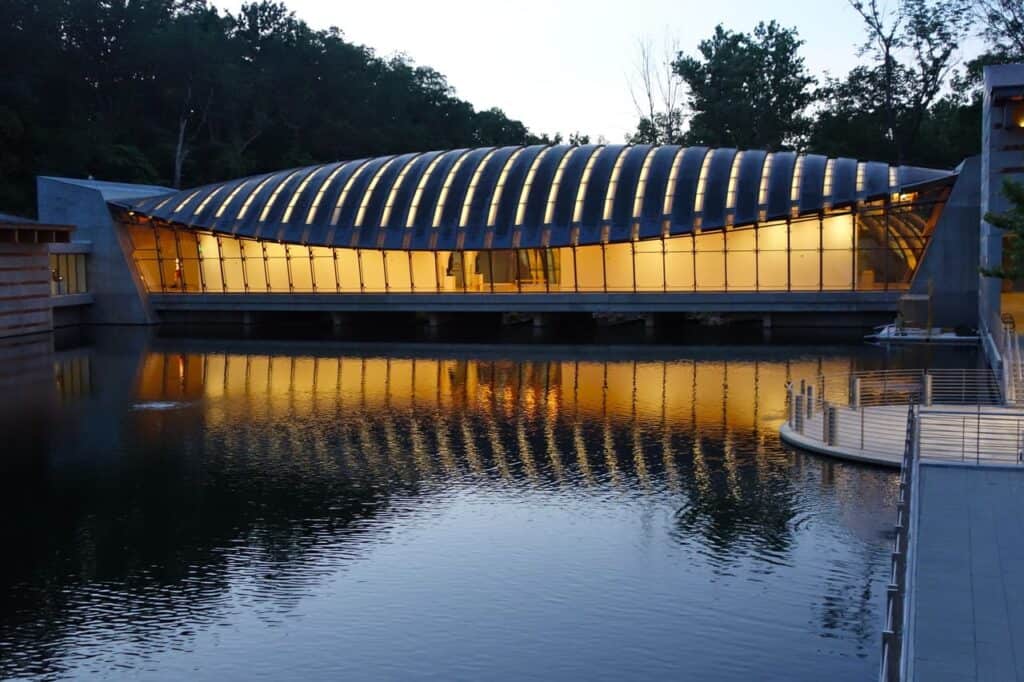
Bentonville’s Crystal Bridges Museum changed how people view art in small cities. Designed by architect Moshe Safdie, it blends nature and art seamlessly, with paths leading from the surrounding forest right into the galleries. Inside, you’ll find American art spanning centuries, from colonial portraits to contemporary installations. The experience feels immersive and grounded, partly because it’s so integrated with the natural setting. It’s proof that you don’t need to be in a major city to experience something genuinely world-class.
6. Greenville, South Carolina – Greenville County Museum of Art
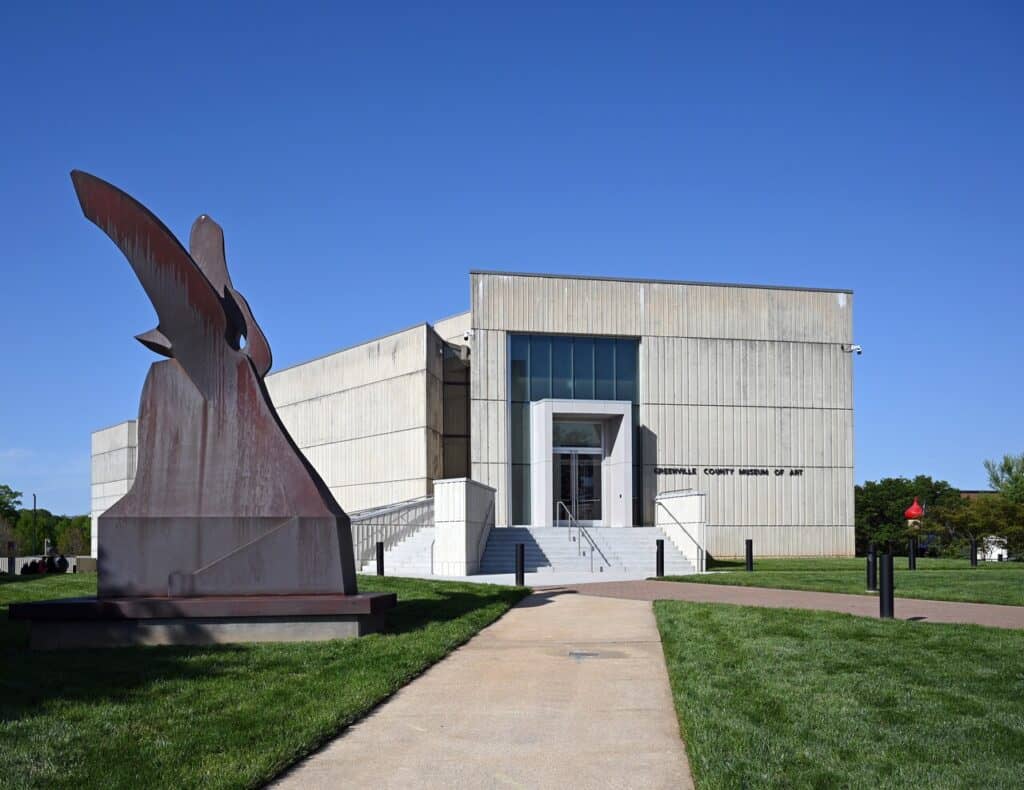
Greenville’s downtown might draw visitors for its parks and food scene, but its art museum quietly delivers one of the strongest collections in the Southeast. The Greenville County Museum of Art focuses on American artists, especially those from the South, and features the world’s largest public collection of Andrew Wyeth watercolors. The building itself feels open and calm, with natural light that makes every piece stand out. What makes it special is how it ties regional art to the national story—it doesn’t feel provincial, just deeply rooted. You can walk through decades of work that trace how American art evolved, all without the crowds you’d find in bigger cities.
7. Fitchburg, Massachusetts – Fitchburg Art Museum
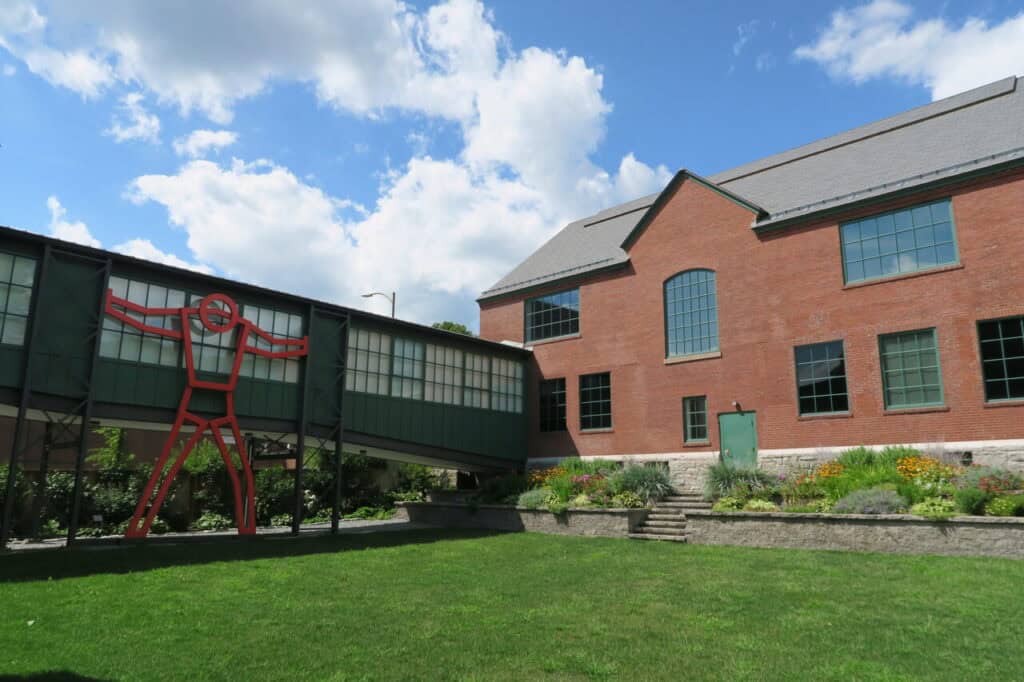
The Fitchburg Art Museum has been a cornerstone of New England’s art scene for nearly a century. It features everything from ancient artifacts to modern installations, and its exhibitions often highlight regional artists alongside international names. What stands out most is its community focus—you’ll see how deeply the museum is tied to local education, history, and creativity. For visitors, that translates to a welcoming atmosphere where you can experience serious art without any of the pretense. It’s thoughtful, grounded, and worth the stop.
8. St. Joseph, Missouri – The Pony Express National Museum
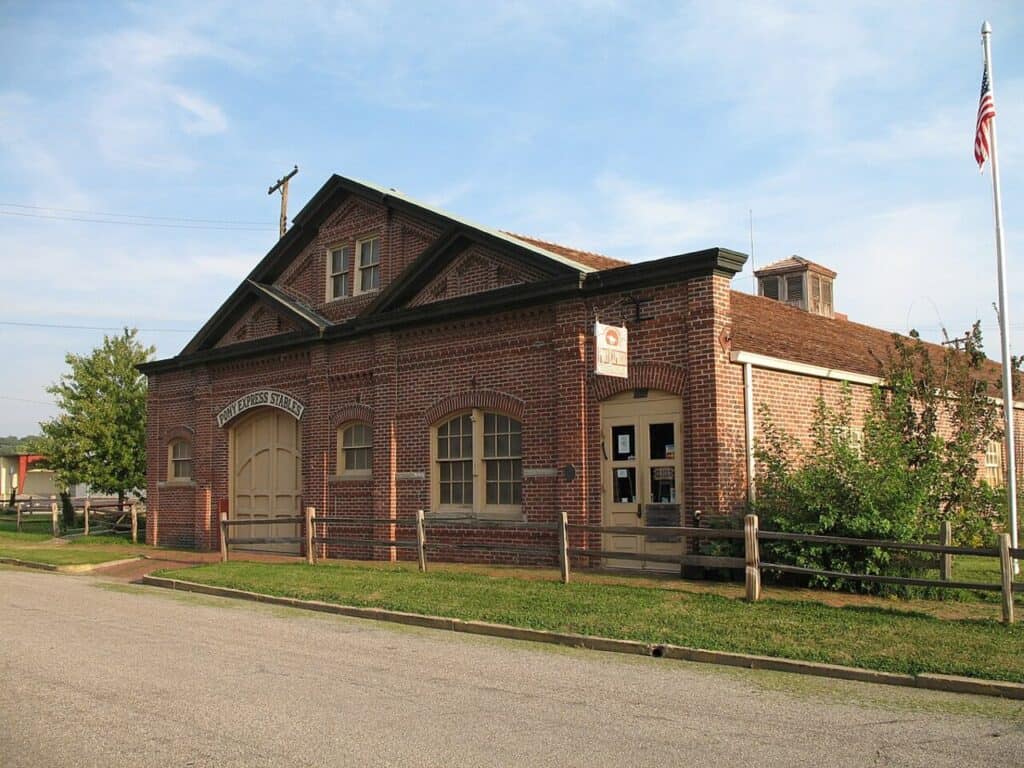
St. Joseph might be small, but its connection to American history runs deep. The Pony Express National Museum brings that story to life in a way that feels surprisingly vivid. Set in the original stables where the first riders set off in 1860, the museum uses interactive exhibits, artifacts, and reconstructed rooms to show how daring the early mail service really was. You’ll get a sense of how communication shaped the frontier, and how a risky idea connected the country long before phones or trains. It’s immersive, honest, and packed with stories that remind you how innovation often starts in small places like this.
9. Sedona, Arizona – Sedona Heritage Museum
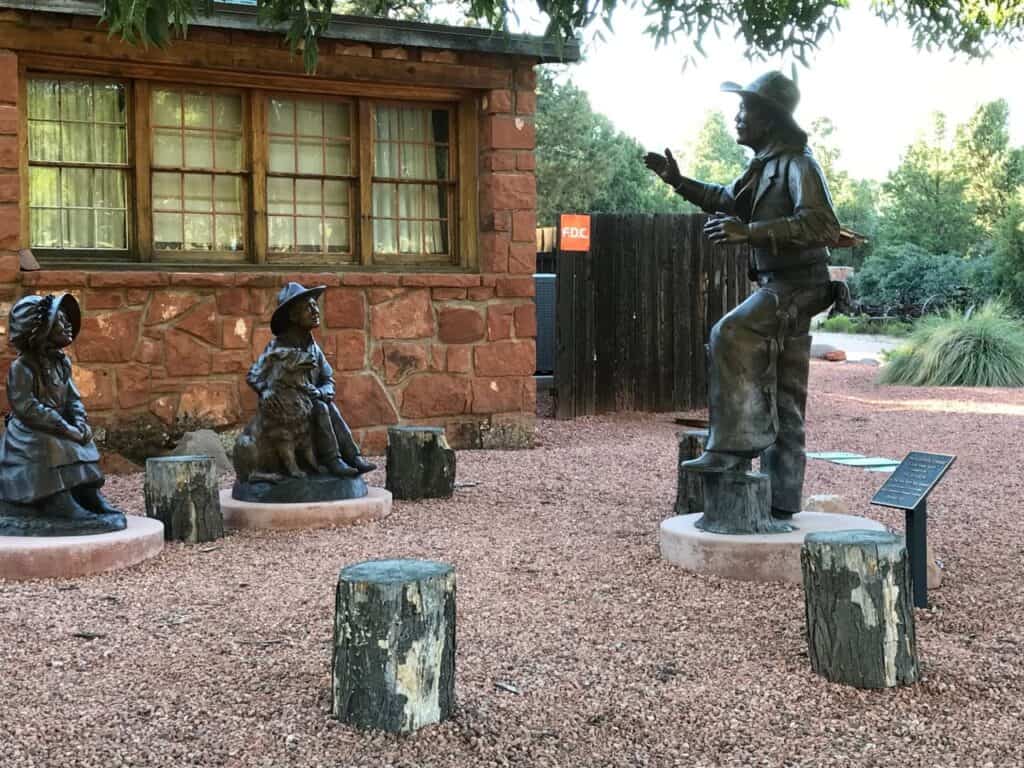
Most people visit Sedona for the red rocks, not the museums, but the Sedona Heritage Museum gives you a reason to slow down. It captures the area’s pioneer history, ranching roots, and connection to Hollywood’s old Western films. The museum sits in a restored homestead surrounded by the same landscape that shaped the town’s story. What makes it work is how connected it feels to the land around it; you can feel the past in the air. It’s small, personal, and a refreshing contrast to Sedona’s tourism rush.
10. Paducah, Kentucky -National Quilt Museum
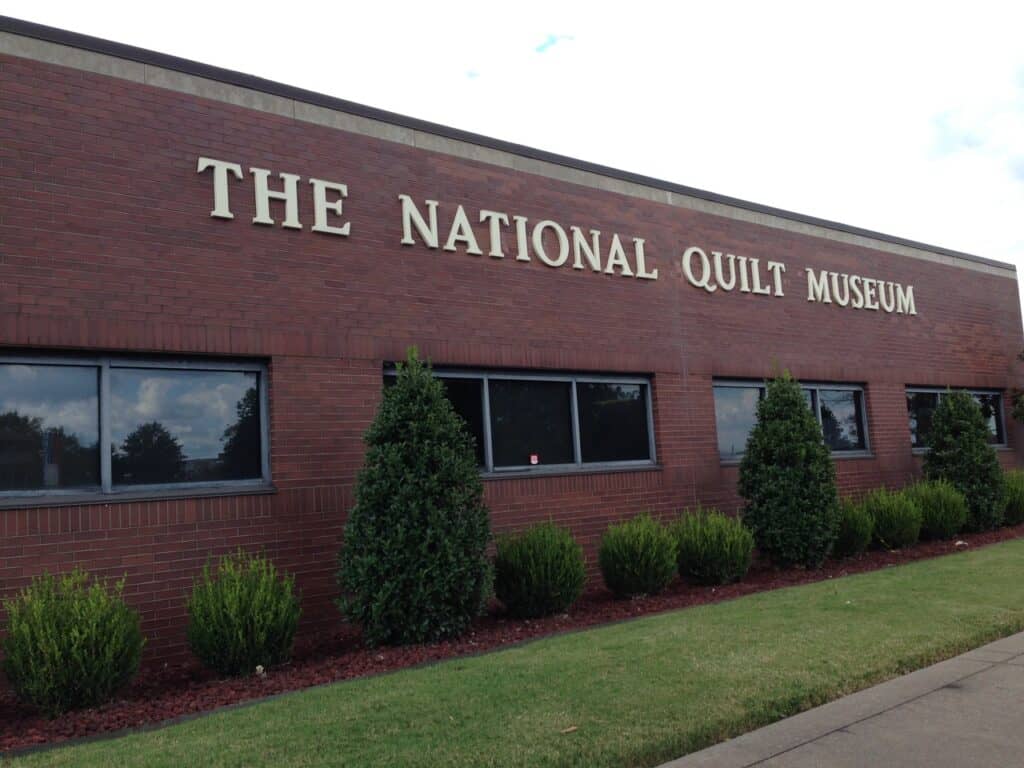
Paducah proves that craftsmanship deserves the same respect as fine art. The National Quilt Museum brings that idea to life with intricate, world-class quilting exhibits that highlight artistry, innovation, and heritage. Every piece tells a story, and the attention to detail is remarkable. The museum has helped turn Paducah into a UNESCO Creative City, recognized globally for its artistic contribution. It’s a perfect example of how a focused, passionate institution can put a small city on the cultural map without losing its sense of community.